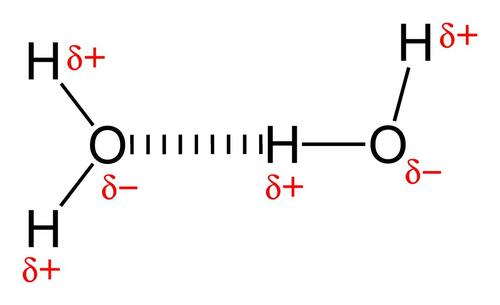The Energy Transition We Really Should Be Focusing On
Authored by Ross Pomeroy via RealClearEnergy,
The long story of human energy use revolves around two letters: H and C. These letters represent a pair of elements: hydrogen and carbon. Bonded together, they form hydrocarbons. Dating back to antiquity, this is what humanity has burned to unlock the energy that has allowed our species to thrive. Wood heated our shelters and cooked our foods. Coal fueled our power plants to electrify much of civilization. Oil provided an energy-dense fuel to move us rapidly from place to place. Cheap natural gas heats modern homes and is now replacing coal in power plants.
Over time, humanity has transitioned from hydrocarbons with a high proportion of carbon to ones with more hydrogen – truly “decarbonization.” Wood is roughly 10 Cs to 1 H. Coal is 1 to 1. Oil is 1 to 2. Natural gas is 1 to 4. The beauty of this evolution is that our energy sources have grown much, much cleaner over time. When burned, hydrogen transforms into water vapor and heat. The more hydrogen utilized in our energy mix, the better life is for living things on Earth.
For hundreds of years, the energy transition from C to H proceeded in earnest. Coal mostly supplanted wood in the U.S. around 1900 and in the world around 1935. Oil dominated coal in the U.S. around 1950 and in the world around 1970. Natural gas and nuclear were due to reign next, progressing up the hydrogen ladder. But unfortunately, around 1970, the steady escalator to cleaner fuels abruptly ceased.
Jesse H. Ausubel, Director of the Program for the Human Environment and Senior Research Associate at The Rockefeller University in New York City, revealed the disconcerting trend.
“A substitution process that had proceeded happily and unnoticed for about 200 years came to a halt, in fact slightly reversed in the USA and flatlined globally for about 50 years,” he said in a talk given earlier this summer.
RealClearScience reached out to Ausubel to ask why he thought this happened. He primarily attributed the unfortunate pause to a “failure of nuclear energy to gain expected market share.” In the 1980s, 46 nuclear reactors came online in the U.S. Since then, just eight have joined the fleet, while many more have been decommissioned. Misinformed nuclear opposition from environmentalists, coal industry protectionism, and marketing missteps by natural gas companies all factored in, he added.
As seen in the figure above, the C to H energy transition has once again resumed in the United States, driven by the remarkable expansion of cheap natural gas and a corresponding decline in coal power since 2010. What needs to happen next? According to Ausubel:
“We need to move up the line by substituting Hs for Cs, favoring natural gas over coal and oil. We need worldwide diffusion of large near- zero emission power plants, like those of the USA company Net Power, which promises operating facilities in Texas in 2027. We need to build large nuclear power parks that make hydrogen as a flexible intermediate which stores nuclear heat as chemical energy. The abundant hydrogen can in turn reduce ores, heat homes and industries, synthesize chemicals, produce liquid fuels such as methanol and ammonia, run engines, and even provide feedstock for producing foods.”
Fewer Cs, more Hs – for a healthier world, strong economic growth, and a safeguarded climate.
Tyler Durden
Sun, 10/27/2024 – 09:20

